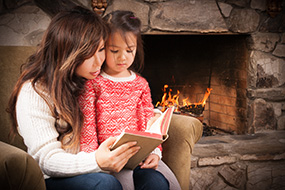

 |
Triggers In Your SchoolManaging Asthma at SchoolWhat you can do
Asthma Triggers in SchoolsMany of the same triggers found in homes can also be found at school. What can I do?
MoldMold grows on damp things such as leaky pipes, basins and tiles. What can I do?
Secondhand SmokeAsthma can be triggered by the smoke from the burning end of a cigarette, pipe, or cigar, or the smoke breathed out by a smoker. What can I do?
PestsCockroaches and other pests such as mice may trigger asthma attacks. What can I do?
AnimalsAnimal dander from furry class pets may trigger asthma episodes. What can I do?
Chemical IrritantsChemical irritants found in some products in schools, including cleaners, paints, adhesives, pesticides, or air fresheners, may make your child's asthma worse. What can I do?
back to top |

|
Smoke may smell good, but it's not good for your health. Learn more at www.epa.gov/burnwise/wood-smoke-and-your-health |